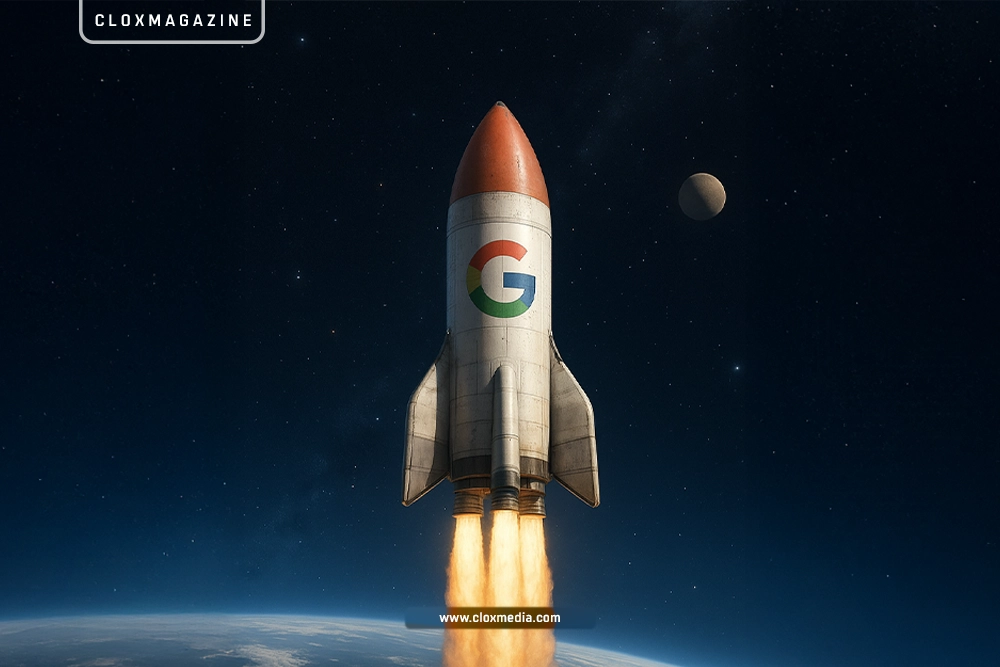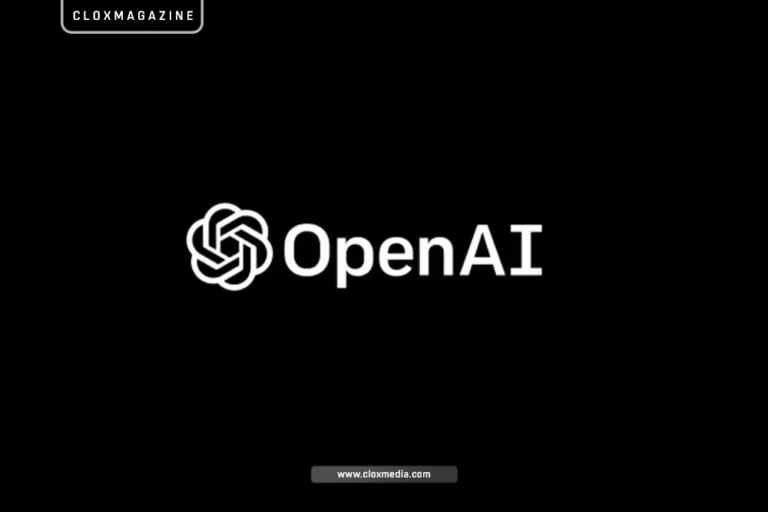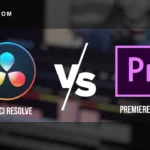Google has moved from an AI scrambler to the leading provider of enterprise AI systems. While OpenAI was dominating the news and Microsoft was trying to insert ChatGPT into its services, Google was silently constructing something potentially more impactful: An AI ecosystem for business transformation. The tech giant that seemed to be losng the race to competitors, now has overtaken them while forcing other to catch up.
The Unexpected Powershift
Who remembers when people believed that Google missed the AI train? Those thoughts seem to be in the past. At Google Cloud Next 2025, their message was clear: they have switched gears from ‘catch-up’ to ‘catch us if you can.’ And this is not just corporate theatrics. During the event, they provided ample evidence that substantiated their claims.
Most intriguing is how Google underwent this transformation. Instead of making headlines with grand proclamations or hastily putting out outdated products to market, Google built an AI ecosystem from scratch with ‘A-Z’ products designed to cater to the specific needs of businesses. From the looks of it, this work was done in the shadows while others were distracted by consumer features. Their main focus was on Google’s functional application integration.
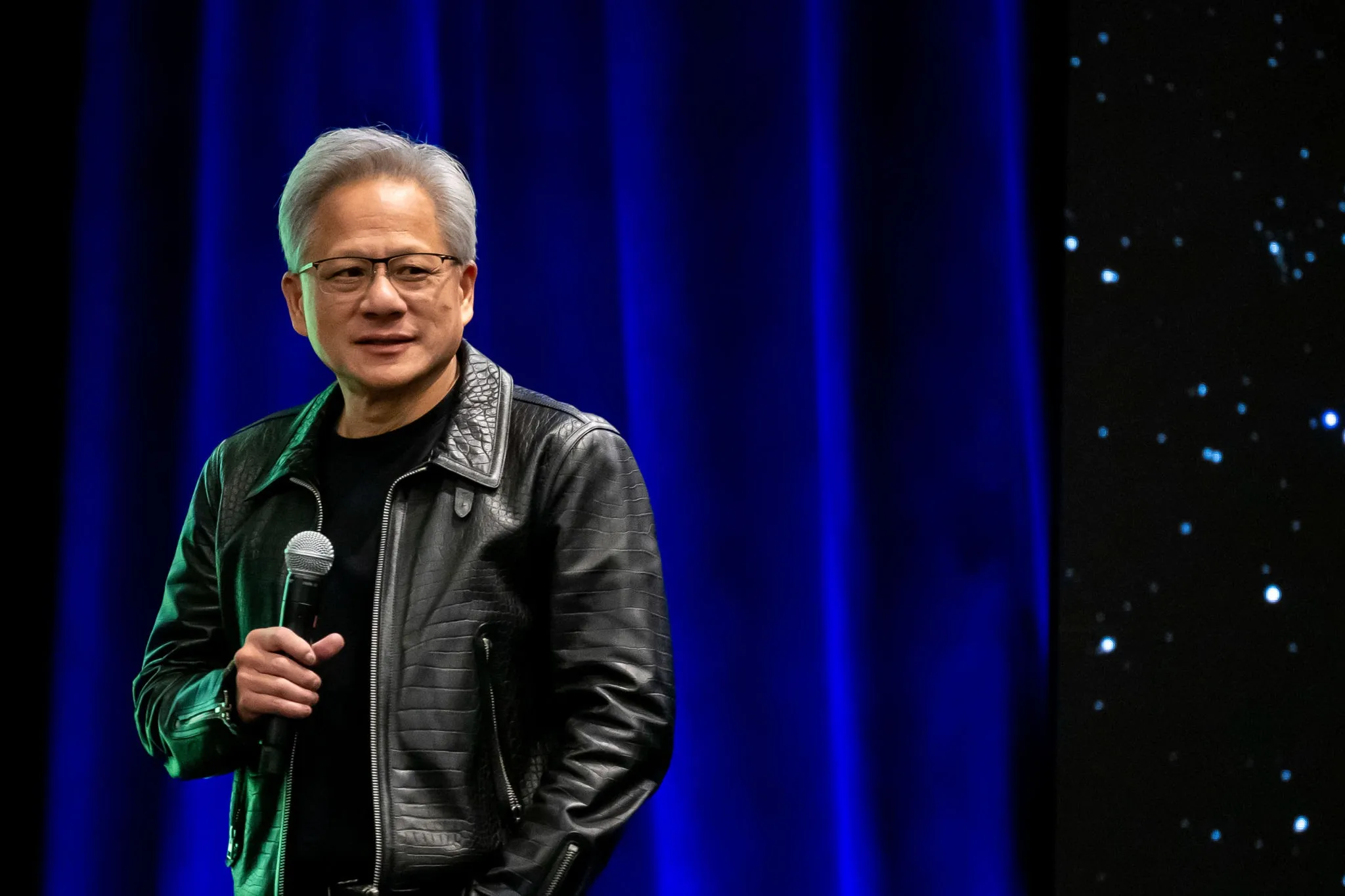
Even Nvidia’s CEO Jensen Huang – someone who knows a thing or two about AI infrastructure – has publicly praised Google’s setup as “the best in the world.” When the company powering everyone else’s AI revolution gives you that kind of endorsement, it speaks volumes.
The Secret Weapon: A Truly Integrated Stack
Google’s enterprise AI dominance stems from something deceptively simple yet incredibly difficult to replicate: full integration from silicon to software.
While standing shoulders above AI rivals, Microsoft depends almost exclusively on its ‘frenemy’ partnership with OpenAI. As opposed to Microsoft, Google develops Gemini models in-house via Google DeepMind. This allows them to exercise greater supervision over the whole AI advancement funnel. The industry’s attention is shifting toward the latest update, Gemini 2.5 Pro, which is achieving benchmark-blasting results.
However, this is only part of the picture. Google has distinctive TPUs, or Tensor Processing Units, which are proprietary AI chips. Some might view these as a setback, but as leading Google compute executive Mark Lohmeyer highlights, “OpenAI doesn’t have” these. Losing freedom on AI models comes with gaunt arms if you prefer the custom silicon they operate on. Competitors simply cannot catch up overnight. When you have both the custom silicon and the AI models, optimization becomes impossible in a partnership-sustained business.
This integration permeates into platforms like Vertex AI and BigQuery. The two yield combined TPUs that are proprietary to Google. Together, they create an environment where accessibility transforms into cohesiveness. Yasmeen Ahmad commented that this combination with Google DeepMind is integrating with the company at a level that surpasses the realm of business theories.
“What we’re seeing is that companies don’t just want AI models; they want complete solutions that integrate with their existing workflows,” explains Fiona Tan, Wayfair’s CTO, who confirms that Google’s approach offers “tangible speed benefits” for real-world applications.
Bringing AI to Every Corner of Business
Google hasn’t just focused on cutting-edge research models… they’ve methodically embedded AI into the everyday tools that businesses already use.
The company recently announced that its best AI capabilities are now included in Workspace Business and Enterprise plans, democratizing access to advanced AI tools. This means organizations of all sizes can leverage AI assistance in Gmail, Docs, Sheets, Meet, Chat, and other productivity applications without requiring specialized expertise.
Their strategy also includes specialized solutions for complex tasks. Gemini Advanced helps businesses tackle sophisticated projects involving coding, research, and data analysis, while also enabling the creation of customized “Gems” – essentially AI experts tailored for specific recurring tasks. Meanwhile, NotebookLM Plus serves as a revolutionary research assistant that helps employees make sense of complex topics, potentially transforming how organizations handle knowledge management and employee onboarding.
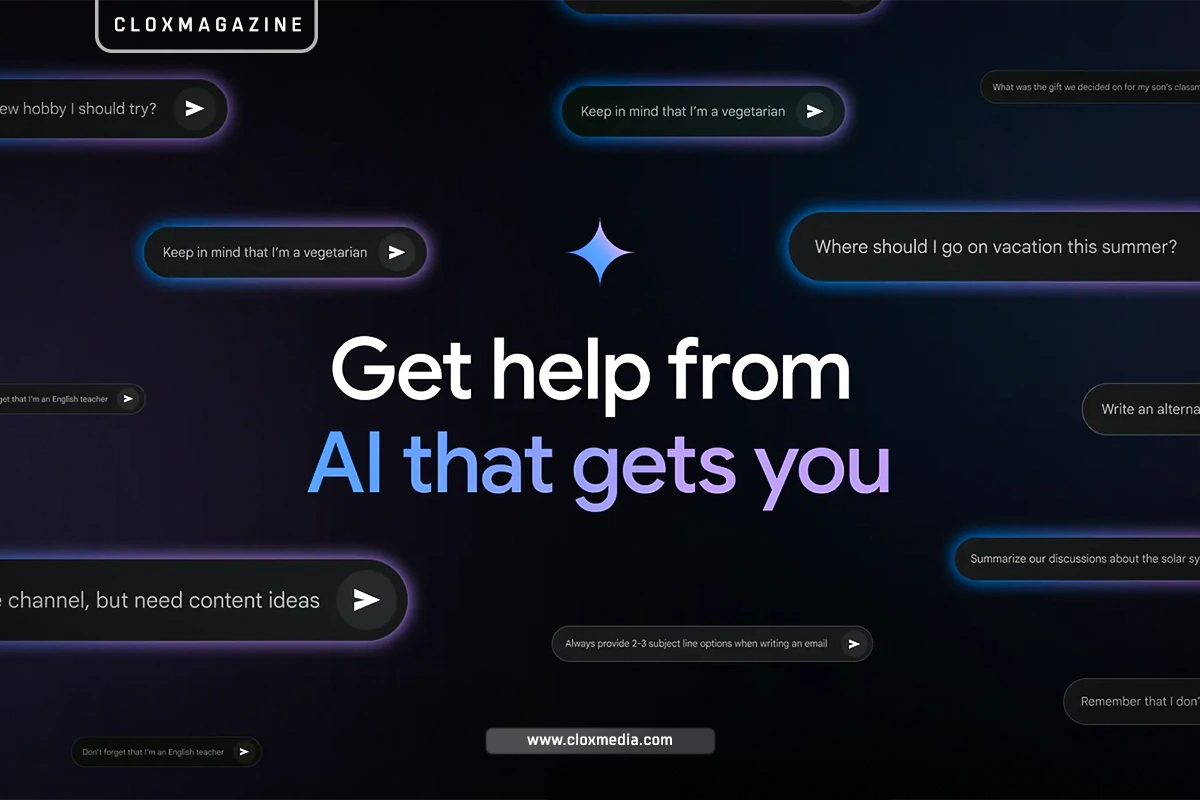
Google’s approach to enterprise transformation is holistic rather than piecemeal. Their Vertex AI platform provides a structured framework for building scalable, production-ready machine learning systems while maintaining security, governance, and operational excellence. This addresses the very real challenges organizations face when trying to scale AI initiatives from interesting proof-of-concept to business-critical systems.
In one fascinating internal application, Google has been using large language models to accelerate code migrations across their massive codebase. Early evidence suggests this approach significantly reduces migration time and lowers barriers to completing complex technical transitions. This real-world experience gives Google unique insights into enterprise AI implementation that most competitors simply don’t have.
Why This Matters for Every Business
The implications of Google’s enterprise AI leadership extend far beyond tech industry rivalries. For businesses of all sizes, this shift represents both an opportunity and a wake-up call.
Companies now have access to deeply integrated AI capabilities that can transform operations from the ground up. The days of AI as a specialized, siloed technology are ending; replaced by an era where artificial intelligence becomes woven into the fabric of everyday business tools and processes.
What makes Google’s approach particularly powerful is how it addresses the full spectrum of enterprise needs. Their solutions span from helping individual employees work more efficiently with AI-enhanced productivity tools to enabling organization-wide transformations through sophisticated platforms like Vertex AI. This comprehensive approach means businesses can start small and scale their AI initiatives organically.
The strategic advantage for organizations that embrace this integrated approach will likely be substantial. Early adopters are already seeing benefits in operations, customer experience, and innovation velocity. As one Fortune 500 manufacturing corporation discovered, implementing AI-enhanced cloud architectures yielded $4.2 million in annual maintenance cost savings and a 52% improvement in resource allocation efficiency.
The Road Ahead
Google’s quiet revolution in enterprise AI represents more than just a competitive shift – it signals a fundamental evolution in how businesses will operate in the coming years. While consumer AI applications grab headlines, the more profound transformation is happening behind the scenes in organizations worldwide.
For business leaders, the message is clear: integrated AI capabilities are becoming essential infrastructure rather than optional enhancements. The companies that thrive will be those that strategically embed these technologies across their operations.
As for Google, their journey from playing catch-up to setting the pace demonstrates the value of taking a methodical, comprehensive approach rather than chasing short-term visibility. By focusing on the full stack – from silicon to software – they’ve built something that may prove more valuable and durable than flashier alternatives.
The AI enterprise race is far from over, but Google has stealthily moved to the front of the pack. For competitors and businesses alike, the new challenge is clear: it’s no longer about catching up to the AI revolution – it’s about keeping pace with Google.
CLOXMAGAZINE, founded by CLOXMEDIA in the UK in 2022, is dedicated to empowering tech developers through comprehensive coverage of technology and AI. It delivers authoritative news, industry analysis, and practical insights on emerging tools, trends, and breakthroughs, keeping its readers at the forefront of innovation.


